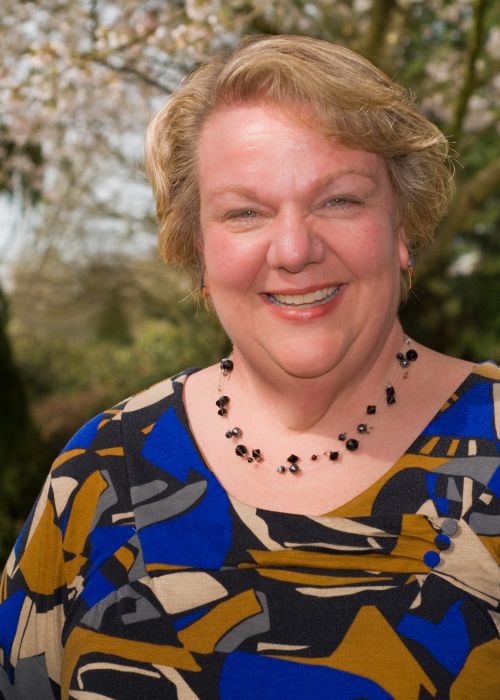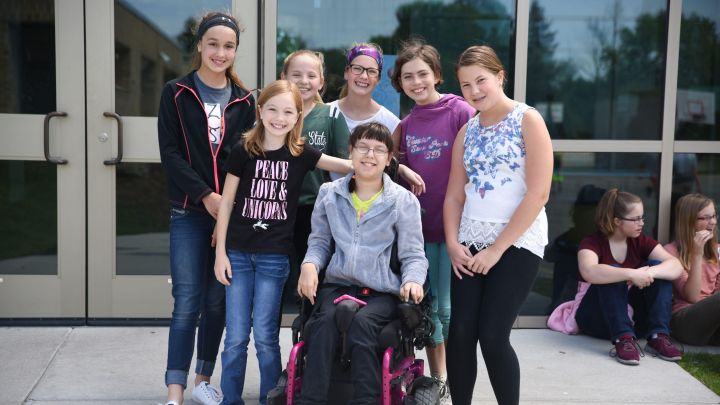Tips for Celebrating the Holidays - Part 1
A holiday guide for parents, grandparents, and friends to use while supporting persons with disabilities through this season of celebration and change.
While the holidays often bring up those Hallmark memories for many of us, for some children and adults with disabilities, holidays signal an intense time of stress and distress. Often communicated with significant behavior changes, the underlying message might be “I’m overwhelmed”, “You changed my schedule”, “Why did you put a tree in our living room”, “There are too many people stuffed into this room”, or “I am on complete sensory overload”.
While all of these ideas won’t work with all people, here are some strategies for families and friends to try as you create a positive time of celebration for each family member.
- Find some pictures of the celebration from last year. If it will be similar, put together a photo album or story of that event so that the individual can remember it in pictures and written words before attending a similar event this year.
- Put together a schedule of events for your party. Whether in words and/or pictures, let the person know the planned order. Some individuals enjoy crossing off or removing the individual schedule items as they are completed.
- Many times we redecorate or rearrange rooms to fit more people. Consider setting it up a day ahead and visiting that room without people in it. Let the individual explore the changes without the added stress of people. Perhaps leave something on a chair or in a certain place so that you can “reserve a spot” for the event when you arrive. The individual will know to find that space or item to make a more comfortable entry.
- Give that individual a “job” to do. Perhaps they could be the photographer, back massager, coffee or beverage server, greeter (be the first to arrive and assimilate guests more slowly – often a better choice for some persons), or card distributor. Many times, a helping role will not only use the gifts of an individual, but it gives the person a clear sense of what to do in that environment.
- Designate a “safe zone”. It might be helpful to show that family member a quiet and designated space in the home or building where there would be a calming and preferred activity. It might be a mini tramp, a rocking chair, a favorite book, or quiet classical music in a more isolated space where one might be able to find a refuge if the senses get overloaded.

Barbara J. Newman
Church and School Consultant
Barbara J. Newman (1962-2020) was the Director of Church Services at All Belong. For over 30 years, she endeavored to create communities of inclusion through All Belong. Co-administrating the inclusion program at Zeeland Christian School allowed her to stay on top of best practices which she shared at schools and churches nationwide and in her books and practical resources, including Autism and Your Church, Helping Kids Include Kids with Disabilities, the Inclusion Awareness Kit, Nuts & Bolts of Inclusive Education, and her latest title, Accessible Gospel, Inclusive Worship.
